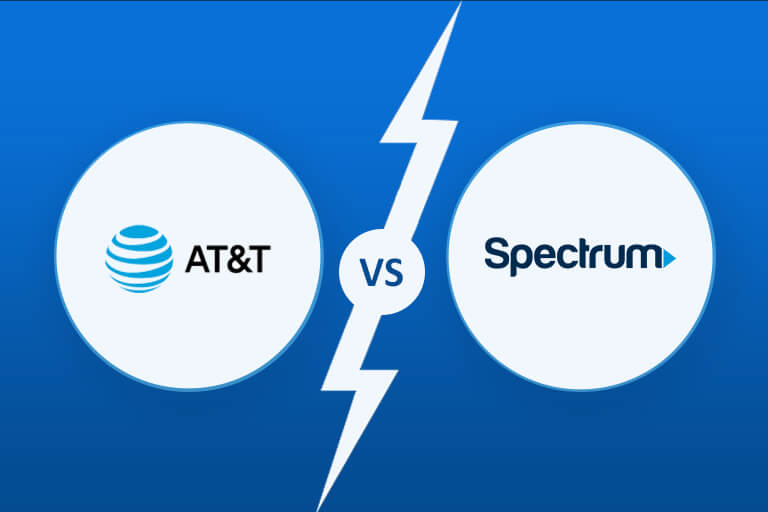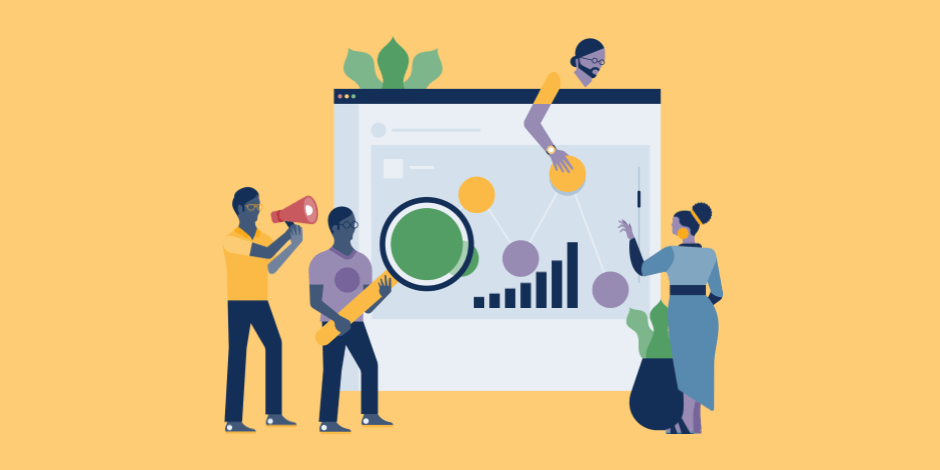The advent of AI in the advertising industry is a major disruption to the industry. Marketers can now target ads more effectively and segment their audiences. According to HubSpot, today’s marketers create content for multiple audiences, focusing on three major demographics: women, men, and the general public. By combining behavioral and contextual targeting powered by AI, companies are able to target specific populations with more specific advertisements.
The emergence of AI has a number of advantages for the advertising industry. First of all, it can analyze vast amounts of data, more than humans can. However, there is a debate about the ethics of using AI in advertising and the privacy of customer data. While AI is already used in many agencies and marketing teams, its adoption in this field is still in its early stages. Brands are now able to use AI for automated bidding and segmentation.
Machine learning algorithms can study and analyze customer behavior, creating more targeted ads. A recent survey by McKinsey Analytics found that 14% of online users are already using AI to segment their customers. This is a significant increase in efficiency, as advertisers can expect a higher level of conversions and engagement from their campaigns. Further, AI is proving to be more effective at identifying patterns in target audiences without using identity-based advertising.
AI is also becoming more sophisticated, allowing advertisers to better segment their audience and produce more relevant ads. Forrester Analytics found that 14% of surveyed users are using AI for customer segmentation. As a result, advertisers can expect to see higher engagement rates and conversions. Its use in advertising has become an industry-wide phenomenon. With the rise of AI, the advertising industry is constantly evolving. Its adoption will ensure greater success for advertisers.
With AI, marketers can collect and analyze customer data to identify new customer segments and create a unified marketing system. This will allow them to scale precision and personalization of their messages. The use of machine learning in advertising is already widespread and has the potential to improve the performance of ads across all channels. By making AI available to advertisers, marketers can use AI to automate best practices and recommend budgets for ads.
By analyzing data, AI can help marketers make better decisions and optimize their campaigns. For example, AI can help advertisers optimize their ad spend by optimizing their campaigns and delivering more relevant ads. By optimizing the ads, they can improve their performance and increase ROI. With AI, advertisers can also customize messages and adapt their campaigns to the changing consumer’s needs. This way, they can optimize their ad efforts in real time.
By leveraging AI, marketers can boost their own performance and optimize their campaigns by identifying trends and predicting future behaviour. The AI can be used to make decisions and allocate budgets. For instance, ad operations can delegate activities of little value to the machines. In addition to these benefits, AI can also help ad operations reduce costs by automating repetitive tasks. For example, an advertising operation can use data to better target its audience.
When implementing AI, advertisers can take advantage of the technology’s data-driven capabilities. Using AI to segment their target audience means more relevant ads that resonate with the target audience. By identifying these patterns, advertisers can boost their ROI and create more targeted ads. This will lead to increased engagement and conversions for their campaigns. This will result in an improved customer experience. But it’s not only the advertising industry that can benefit from AI.
With AI, marketers can use data to target their ads. With AI, marketers can convert prospective customers into leads. This is an excellent way to reduce ad waste and maximize conversions. And it eliminates human guesswork by identifying new customer segments. With this, advertisers can take advantage of the power of AI to optimize campaigns. For instance, by making predictive analyses of past performance, advertisers can use predictive models to predict and refine their messaging.




